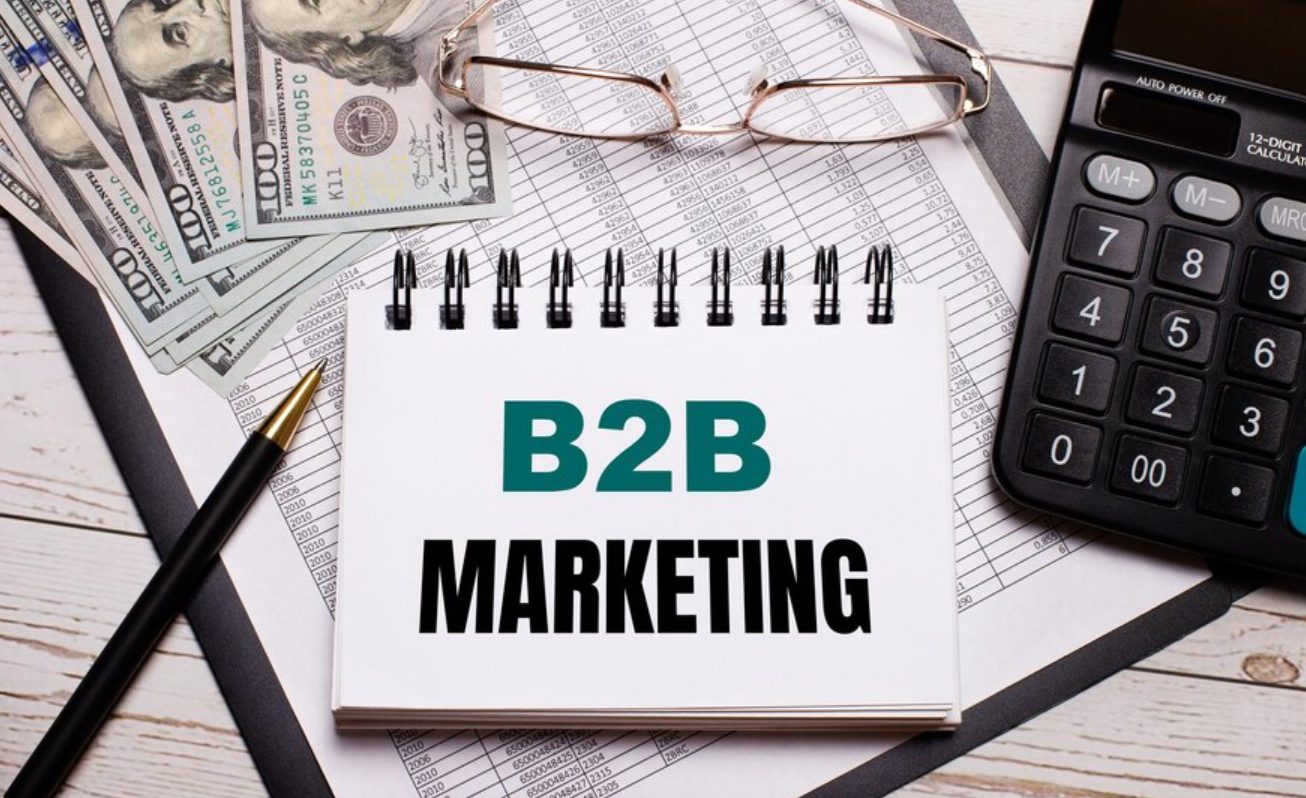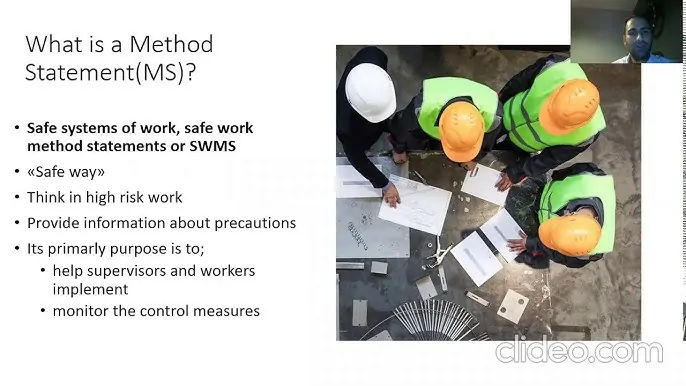Redefining Engagement: Interactive Content in B2B Marketing
The hunt for engagement in B2B marketing is a never-ending one. Traditional methods, although useful somehow, often do not capture the attention and interest of the sophisticated audiences of today. This landscape has prompted marketers to seek more innovative ways. One such way that has emerged is interactive content which has transformed how businesses relate with their customers and prospects. As such, this paper will delve into the importance of interactive content for B2B marketing by discussing its advantages, types and practical implementation tactics while also focusing on how it can redefine engagement.
Understanding Interactive Content
Interactive content can be defined as an experience in the digital world that requires the user to participate actively. Unlike static content, which is passive, interactive content engages audiences in two-way communication making them a part of the story. It may be as simple as polls and quizzes or as complex as simulations and augmented reality experiences.
The principle behind this interactive approach is based on the fact that engagement should not only capture attention but also keep it through active participation. This involvement results into stronger attachments, improved comprehension and more memorable events hence driving up conversion ratios and building long term relationships.
Experimentation as a Service
In B2B marketing, there is an increasing interest in the idea of Experimentation as a Service. In this approach, companies keep testing and improving their marketing strategies as well as content to enhance performance and get better results. For example, experimental content can be used in web pages.
For instance, businesses can treat interactive content as an experimentation tool that enables them to try different formats, designs and messaging to find out what will be most effective with their audience. Marketers are able to adapt quickly based on changes in customer preferences and market trends because of this consistent cycle of experimentation combined with optimization.
Types of Interactive Content
- Quizzes and Assessments: Not only are these great tools for keeping users interested, but they also help in getting an understanding of what people want or like. These can be used to qualify leads, personalized content recommendations, and educate prospects on products or services.
- Interactive Infographics: These infuse the interactive feel of infographics by using clickable icons, hover effects, animations among others. Can be able to present complex data in a captivating format which is easy to comprehend.
- Calculators and Tools: Interactive calculators or tools can offer personalized insights and recommendations to users. For instance, ROI calculators can help potential clients understand the financial benefits of a product or service.
- Interactive eBooks and Whitepapers: These are digital publications that have such features as embedded videos, clickable links and interactive charts. They go a long way towards making the content more engaging as well as informative thus enhancing user experience.
- Polls and Surveys: Apart from being interactive with users, these tools give valuable feedbacks too as well as some insights that may be helpful when it comes to production decision-making processes in any company dealing with products’ selling or marketing strategies development departments since they may act as gauges into customer mindsets; hence they enable the entity know where it stands concerning satisfaction levels among its customers hence effectively responding to their needs appropriately for improved service delivery.
- Simulations and Demos: A product or service can be tried out through interactive simulations and demos in virtual environments by users not physically available at that moment—such an approach will work best especially when dealing with intricate B2B solutions enabling leads visualize clearly the advantages gained from applying them despite complexity elsewhere along with features included within this system
Step-by-Step Guide to Writing Interactive Content
To create interactive content that is effective there are several ways of doing it: creativity, technicality and strategic thinking. Here’s a step-by-step guide on how to get started:
- Identify Your Purpose: The purpose of your interactive content should be clearly defined. Do you have intentions of educating, entertaining or persuading your audience? This will determine the central concept and structure.
- Research and Plan: Before creating the content, do in-depth research to understand your audience better. Plan for the flow of the content including key messages, calls-to-action as well as interactive elements.
- Draft the Content: Concentrate on clarity and engagement while writing out this draft. Use a conversational tone with short paragraphs so that you can sustain reader interest. Incorporate interactive elements where they best fit in stories.
- Design Interactive Elements: Collaboratively work with designers and developers in coming up with these components that are based on interaction. These should not only enrich but also give a seamless user experience.
- Review and Test: For accuracy, coherence and engagement purposes examine such a text carefully. Ensure whether all these interactive elements function properly across devices such as tablets/mobile phones/laptops.
- Launch and Promote: Publish your interactive content through various channels selected by you before promoting it Monitor its performance, seek feedback for future improvements.
- Iterate and Improve: Outline your content using insights obtained from users’ interactions plus performance data collected to enhance it continuously for improved marketing goals achievement
Strategy for Pioneering Interactive Content in B2B Marketing
- Define Your Goals Clearly: it is important to have clear goals before you start developing interactive contents. What do you want to achieve? For instance, are you looking to make new leads, create awareness or educate customers about your product? Having a clear goal will guide the process of creating content.
- Understand Who You’re Targeting: The best interactive content creation that can be done is one that is well suited and tailored according to what your target audience needs and wants. In depth research will help you understand their pain points, interests and behaviors which will shape the design and functionality of your interactive content.
- Choose the Most Suitable Format: Select an interactive content type that fits with what you want to achieve and what your audience wants. For example if aim is educating prospects about a complex product then an interactive eBook or simulation might be ideal for this situation.
- Consider User Experience: The success of any good piece of interactive content relies on how seamless of an experience it gives the user while going through it. Make sure that the navigation through the contents is simple, visually appealing and responsive on all devices used by users. Testing and optimization of user experience enables maximum engagement from users.
- Use Technology: Use advanced technology and tools to generate engaging interactive content.. Some technologically based platforms like Ceros, SnapApp or Outgrow can help in creating different types of interactivity without requiring too much technical knowledge.
- Promote Them: After making your interactive contents available for use by people promote them on various channels that will ensure they reach your target audiences including email marketing, social media as well as company’s website among others attracting traffic towards them at the same time.. Additionally seek out industry influencers who could partner with you or consider paid advertising options to increase visibility.
- Measure and Improve : Use analytic tools to track how your interactive content is performing. You can check factors like engagements, time spent, conversion rates and feedback from users. This will help you refine your content while improving future campaigns.
Conclusion
In the world of B2B marketing, interactive content is emerging as a major game changer. It offers a lot of advantages like improved interaction, customized involvement, data richness and more conversions by changing passive consumption into active participation. The adoption of interactive content calls for strategically thinking about the audience and learning from their experiences through constant experimentation and optimization. As companies seek to reach out to their customers in more engaging ways, there is no doubt that interactive content is going to shape the future of B2B marketing in a big way.







